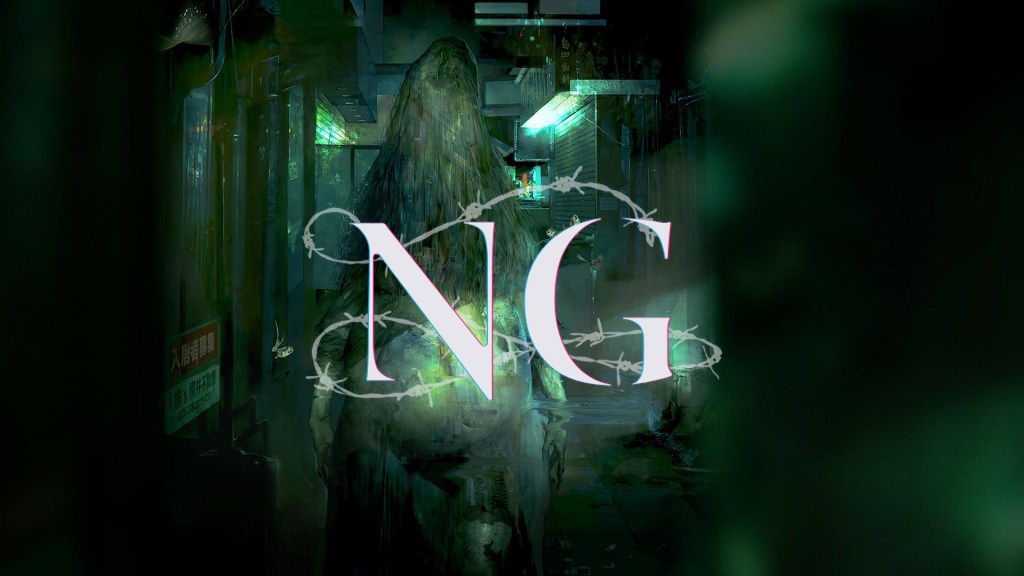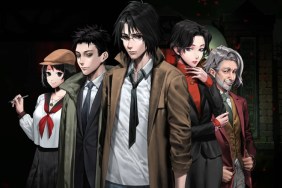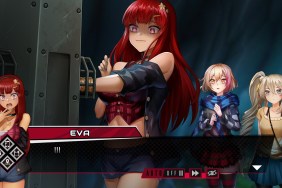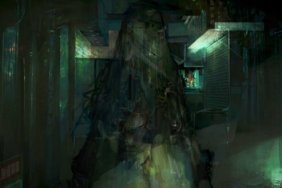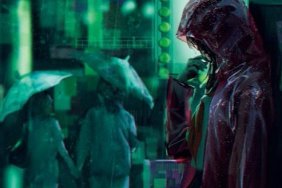When Death Mark was released by Aksys Games last year, it instilled a sense of dread that I had not experienced from a horror video game since playing Capcom’s Resident Evil 7: Biohazard in virtual reality. Perhaps that is because Death Mark was developed by Experience as a visual novel hybrid. Unlike most traditional survival horror video games, visual novels are not restricted by what horrific, violent, grotesque situations they can put players through. Beyond some beautiful illustrations, the true horror of Death Mark is in the narrative, and imagination is your own worst enemy. This is also true of its successor, Spirit Hunter: NG.
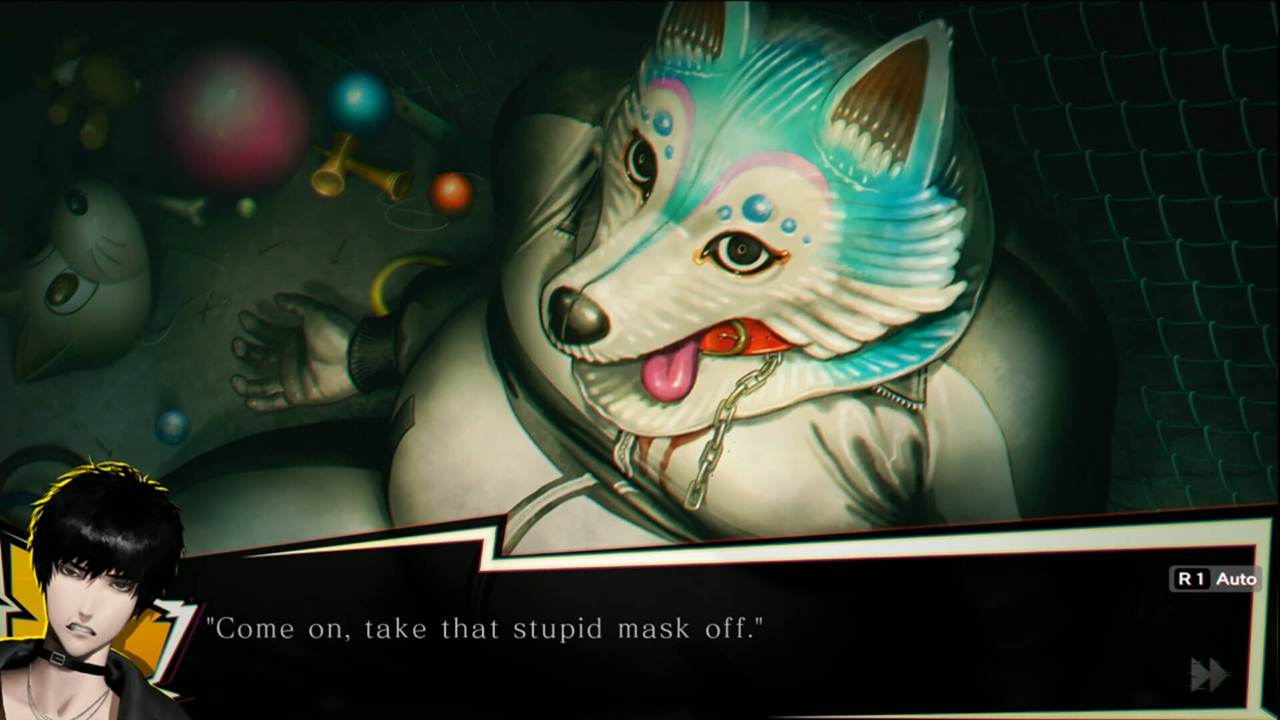
Playing the game of life and death
Spirit Hunter: NG has been described by Experience as a “chilling companion story” to its predecessor; now referred to officially as Spirit Hunter: Death Mark. Indeed, NG (meaning “No Good”) utilizes the same hybrid mechanics, combining traditional visual novel storytelling with reactive decision making. This time the story revolves around protagonist Akira Kijima and his younger sister, Ami. Or rather Akira’s struggle to find his sister Ami in a game of life and death. You see, Ami has been taken by a spirit known as “Kakuya,” and the only way Akira can get her back is if he does exactly what she asks. If he fails, he dies and Ami… What will be left of her?
Therefore Akira must hunt! NG follows the same premise of its predecessor; uncover the tragic truth behind each spirit, and use this knowledge to defeat them before they tear you apart! If you are not careful you can expect those around you to be killed in the most cruel and horrific ways imaginable. NG can be sadistic, but there is an emotional resonance that elevates NG above pure exploitation.
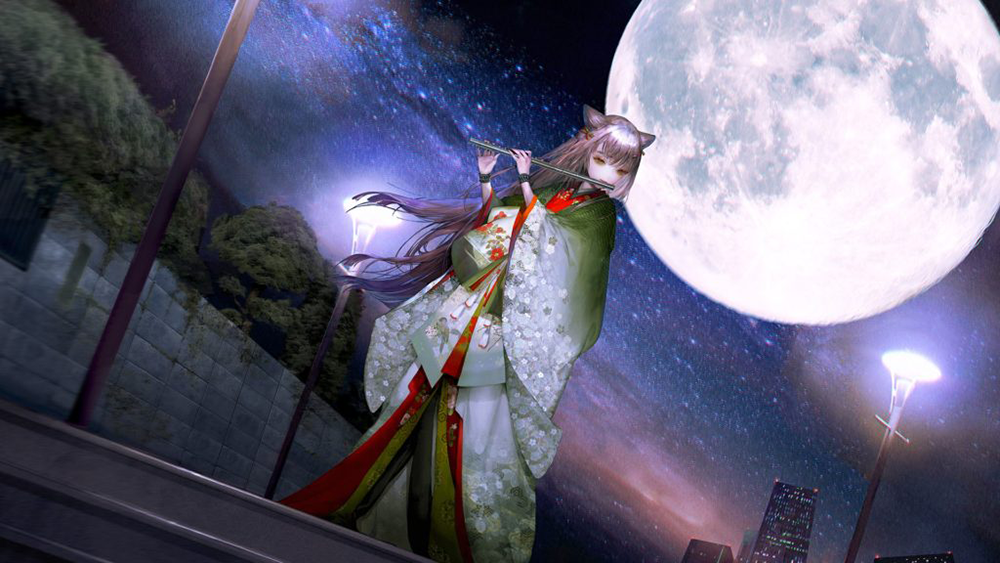
A staple of Japanese horror
Japan’s long tradition for supernatural storytelling dates back to The Tale of Genji, an 11th century prototype for the ghosts we know as Yūrei; spirits created through violent murder or tragic suicide. NG’s Yūrei demonstrate characteristics of the Onryō; vengeful spirits capable of causing harm to the living, and their vengeance is not confined to those who are immediately guilty… Not only does this make the spirits of NG feel like a real threat, but they also come from a place of sadness and so we empathize, which makes NG all the more terrifying. The real horror is not from the vengeful actions of the Onryō, but from what resulted in its manifestation. What remains of their desecration is a reminder… You are not the only victim!
NG is first and foremost a visual novel, so you can expect to read through lines of text to gain insight into Akira and Ami Kijima’s dilemma. This is broken up with sequences where you must investigate a particular spirit/haunting. These interconnected sequences take place in different environments, from quiet residential streets, neighborhood parks, and even the protagonist’s own home, taking the form of a first-person point and click adventure. Pixel hunt your way to understanding the spirit, its weaknesses, and how it can be defeated.
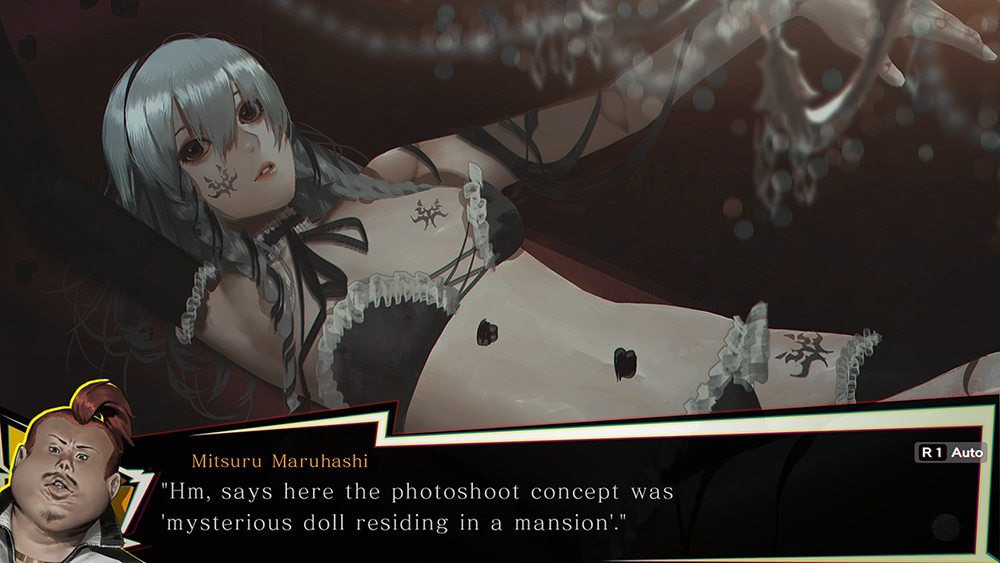
Actions lead to violence…
Along the way you will team up with various characters whose survival depends on the choices you make. Remember that your decisions will not only determine your fate, but the fate of everyone around you. For example, spirits can be defeated by in one of two ways; the second of which will result in the death of your companion. If your confrontation with the spirit is successful and its weakness has been exploited through thorough investigation, the Onryō will be obliterated. Everyone survives and you are on your way to discovering the least downbeat of NG’s multiple endings. However, if you defeat the spirit but do not completely dispel the “curse,” your failure will result in the horrific death of those closest to you at the time. And believe me, through NG’s narrative and the interactions you will make, you will find yourself caring for these secondary characters, rendering their gruesome deaths all the more devastating.
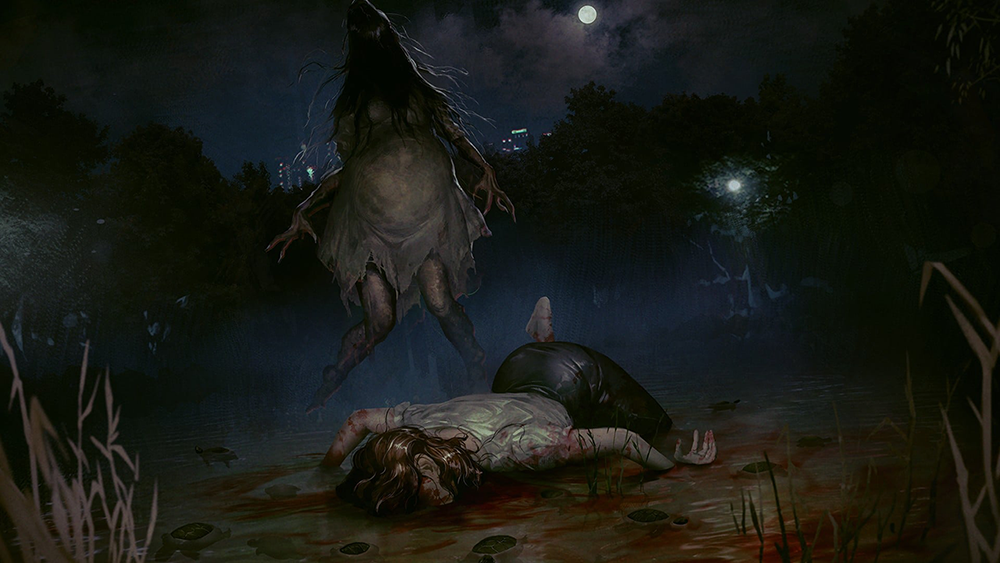
The tale has reached… happily ever after
NG’s often disturbing, but always beautiful visuals will remain in your mind long after the end credits and every ending has been discovered. Experience’s talented art team, featuring the incredible artist Fumiya Sumio, have put so much detail into their characters, environment and monster design that overshadows even its predecessors stunning visuals. However, beware… Just like Death Mark, NG’s violence is frequently sexualized and voyeuristic; often depicting female characters brutalized and in various stages of undress. There is no doubt that NG is a video game for adults only. Console versions of Death Mark even drew the ire of the ESRB.
If you have played Death Mark, then NG is a worthy successor that surpasses the original in character development, progression of narrative, haunting visuals, and an equally atmospheric soundtrack. Even if you are someone that has just discovered the Spirit Hunter series of visual novels, NG’s plot stands alone and will consume you like a vengeful Onryō!
Spirit Hunter: NG review code provided by publisher. Reviewed on a PS4. For more information on scoring, please read our Review Policy.
-
Interconnected horror stories that evoke a genuine sense of dread
-
Multiple endings based on your interactions
-
Beautiful/haunting, grotesque visuals
-
Uncomfortable, often sexualised violence
